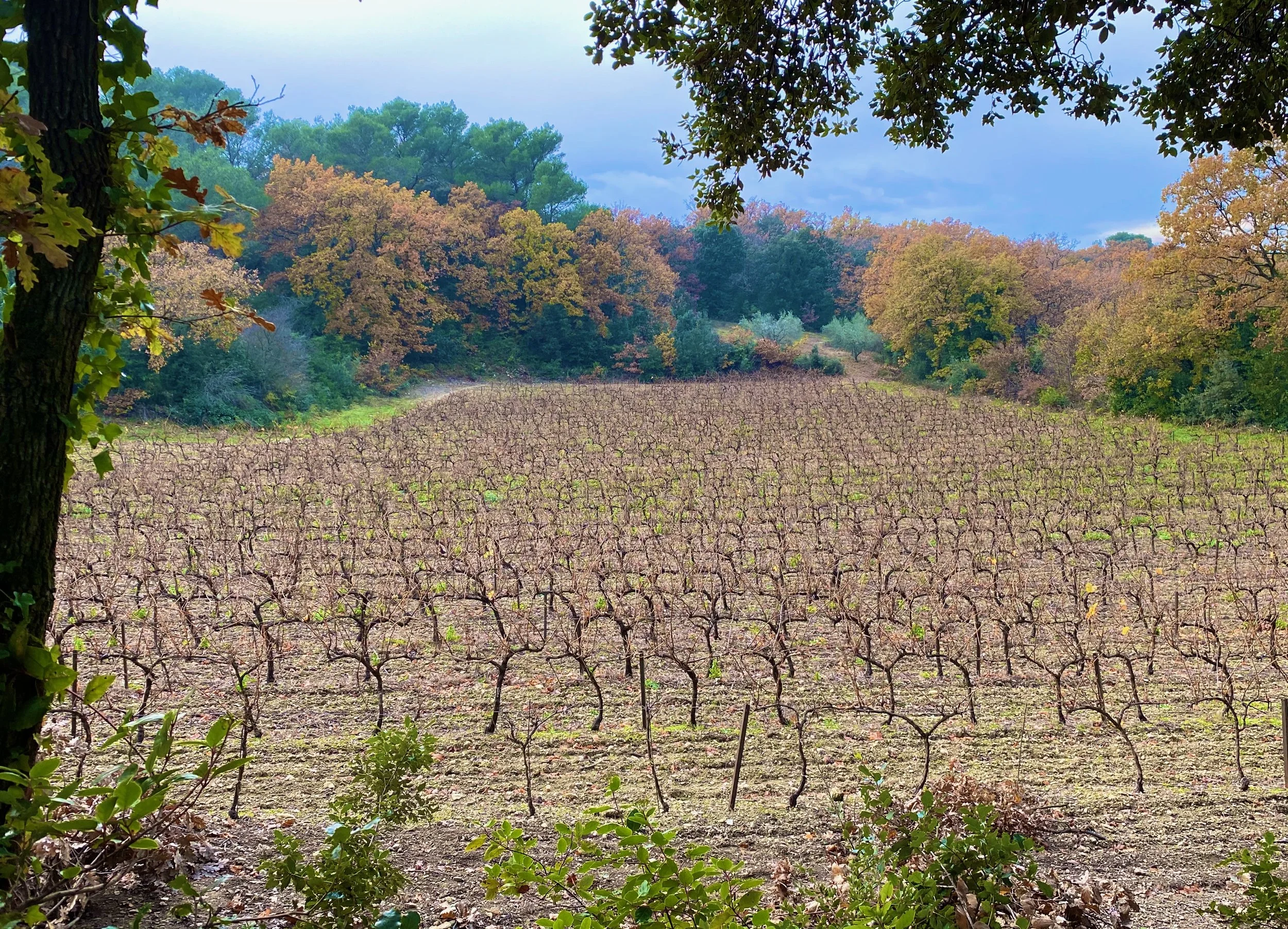Biodynamic Wine
/What is biodynamic wine?
If you have ever heard a winemaker tell you that he buries cow horns, previously filled with dung, at the beginning of winter and that he plans to dig them up in the spring to spread them in his vineyards, rest assured that you are not crazy, and neither is he! He is simply a biodynamic wine maker, and although chances of him using cow horns are slim these days, he has a more global vision of viticulture which is very different from traditional viticulture.
The concept of biodynamic farming may be familiar to you, but few fully understand it. If you think that biodynamics is something akin to organic farming, you’re half right. While both types of agriculture eschew chemical fertilizers and pesticides, biodynamic farming also incorporates aspects of astrology. Among its central precepts is the idea that hidden elements connect a vineyard with the farmers who care for and cultivate it—and with the wider world and universe.
Biodynamic wine finds its source in a vineyard that has created a sustainable ecosystem.
In biodynamic growing, the vineyards are considered to be a living organism. Biodynamic practices aim to strengthen the unity, balance and resistance of this organism, and thus create harmonious living conditions between the earth, the heavens, the plant and its entire ecosystem. Cultivation focuses on prevention and on enhancing the soil and the vines in their natural environment, as well as creating an equilibrium between pests that are predators and prey.
The use of pesticides and artificial herbicides in the vineyard is absolutely prohibited, and winemakers allow nature do all of the work. For example, sheep may be left to roam throughout the vineyard plots. This not only helps to contain the weeds, it also helps to fertilise the vines. Chickens may also be introduced into the vineyards; they will feed on the bugs as well as help fertilise the soil.
With the climate of southern France ideally suited to organics and biodynamics, it’s no surprise that some producers here are embracing environmentally conscious viticulture.
MAINTAINING A LIVING ENVIRONMENT
There are four different types of days biodynamic farmers need to follow: root days, flower days, fruit days and leaf days. Each of these days has specific tasks that must be completed. Root days are when the pruning should take place, flower days are when it’s best to leave the vineyard alone, fruit days are when it’s best to harvest, and leaf days are when the plants should be watered. That said, in viticulture, pragmatism and flexibility are in order; the weather ultimately defines how and when the above can be applied!
Biodynamic growing creates vines that are naturally more resistant. The vine adapts to its environment and is better able to cope with the stress caused by adverse weather conditions and diseases. The effects of this growing method can be seen in the soil, which becomes loose, dark, rich in life and organic matter. As a result, the soil is better able to combat drought.
Growers must also generate as much fertility as possible on site; biodiversity is most important with the presence of animals, birds and insects to create a healthy, naturally balanced environment. Composting is also crucial, and growers must make use of nine biodynamic “preparations” to help promote soil and plant health. These preparations, made of such ingredients as cow manure, herbs, and chopped-up oak bark, are sprayed onto the vines.
BIODIVERSITY
Biodiversity in the vineyard reflects the natural balance of the vineyard environment and its interactions with the fauna (animal life) and flora (plant life) in it.
An established ecosystem contains a community of living things in balance with each other and their environment. The more numerous and genetically diverse these interactions are, the higher the biodiversity and the better buffered and more sustainable a system will be. For example, if a particular species declines due to changing weather conditions, then other species may be available to carry on with essential ecosystem functions.









